Mitosis Stages Worksheet
The Mitosis Stages Worksheet is a helpful tool designed to assist biology students in understanding the various phases of cell division. This worksheet provides a clear and concise overview of the key stages of mitosis, making it an essential resource for students seeking to deepen their understanding of this crucial biological process.
Table of Images 👆
- Meiosis and Mitosis Worksheet Answers
- Stages of Mitosis Worksheet Answers
- Mitosis Coloring Worksheet
- Mitosis and Meiosis Worksheet Answer Key
- Cell Cycle and Mitosis Worksheet Answer Key
- Mitosis Sequencing Answers
- Meiosis Stages Worksheet
- Cell Cycle and Mitosis Worksheet
- Cell Cycle Worksheet Answers
- Meiosis Matching Worksheet Answer Key
More Other Worksheets
Kindergarten Worksheet My RoomSpanish Verb Worksheets
Cooking Vocabulary Worksheet
DNA Code Worksheet
Meiosis Worksheet Answer Key
Art Handouts and Worksheets
7 Elements of Art Worksheets
All Amendment Worksheet
Symmetry Art Worksheets
Daily Meal Planning Worksheet
What happens during interphase?
During interphase, a cell undergoes various processes such as cell growth, DNA replication, and preparation for cell division. It consists of three stages: G1 phase (cell growth), S phase (DNA replication), and G2 phase (preparation for cell division). Interphase is a critical stage in the cell cycle where the cell prepares itself for division by ensuring that it has enough energy and resources to create identical daughter cells.
What is the purpose of prophase in mitosis?
The purpose of prophase in mitosis is to prepare the cell for division by condensing and organizing the genetic material into individual chromosomes, breaking down the nuclear envelope, and forming the mitotic spindle that will help separate the chromosomes during cell division. This phase ensures that the replicated DNA is properly aligned and ready for segregation into the two daughter cells.
How does metaphase contribute to mitosis?
During metaphase, the chromosomes align along the metaphase plate at the center of the cell, ensuring that each replicated chromosome is correctly oriented and ready to be separated during anaphase. This alignment is crucial for the accurate distribution of genetic material to the daughter cells. Metaphase also allows for a final check to ensure that each chromosome is attached to the spindle fibers before the separation process begins. By ensuring proper alignment and attachment of chromosomes, metaphase plays a pivotal role in maintaining the genetic integrity of the cells during mitosis.
What happens during anaphase?
During anaphase of mitosis or meiosis, the sister chromatids split apart and move towards opposite poles of the cell due to the shortening of spindle fibers attached to the centromeres. This ensures that each daughter cell will receive an identical set of chromosomes with the genetic material needed for normal cell function.
What is the significance of telophase in mitosis?
Telophase is the final stage of mitosis where the nuclear envelope reforms around the separated chromosomes at opposite poles of the cell, effectively forming two distinct nuclei. This stage marks the completion of chromosome movement and ensures that each daughter cell will have a complete set of chromosomes. Additionally, during telophase, the cell begins to undergo cytokinesis, the division of the cytoplasm, resulting in the formation of two separate daughter cells. Therefore, telophase is significant as it is a crucial step in the process of cell division, leading to the formation of two genetically identical daughter cells.
What are the key events of cytokinesis?
Key events of cytokinesis include the formation of a contractile ring made of actin and myosin filaments, which constricts the cell in animal cells or the formation of a cell plate in plant cells. This leads to the physical separation of the two daughter cells, also known as cleavage furrow formation in animal cells and cell plate formation in plant cells. Finally, the two resulting daughter cells fully separate, completing the division process.
Describe the role of centrioles in mitosis.
Centrioles play a crucial role in mitosis by organizing the spindle fibers that help separate chromosomes during cell division. They are located at opposite poles of the cell and serve as anchoring points for the spindle fibers, which are essential for pulling sister chromatids apart and ensuring each daughter cell receives the correct number of chromosomes. Centrioles also help in the formation of the mitotic spindles, which are responsible for moving and segregating chromosomes during mitosis.
How does the spindle apparatus function during mitosis?
During mitosis, the spindle apparatus functions by organizing and separating the duplicated chromosomes. The spindle fibers attach to the kinetochores of the chromosomes, pulling them towards opposite ends of the cell. This ensures that each daughter cell receives the correct number and type of chromosomes. Additionally, the spindle apparatus helps in the elongation of the cell and positioning of the chromosomes during cell division.
Explain the role of the nuclear membrane during mitosis.
The nuclear membrane plays a critical role during mitosis by breaking down and reforming to allow for the separation and distribution of genetic material. At the onset of mitosis, the nuclear membrane disassembles, allowing the chromosomes to condense and align in preparation for cell division. Once the chromosomes have been properly positioned, the nuclear membrane reforms around the segregated sets of chromosomes in the daughter cells, enabling the formation of fully functional nuclei in the newly divided cells. This process ensures the accurate distribution of genetic material and the maintenance of cell integrity throughout mitosis.
What is the end result of mitosis?
The end result of mitosis is the formation of two identical daughter cells, each with the same number of chromosomes as the parent cell. This process is essential for growth, repair, and maintenance of multicellular organisms, as it ensures that each new cell receives an exact copy of the genetic material from the original cell.
Have something to share?
Who is Worksheeto?
At Worksheeto, we are committed to delivering an extensive and varied portfolio of superior quality worksheets, designed to address the educational demands of students, educators, and parents.

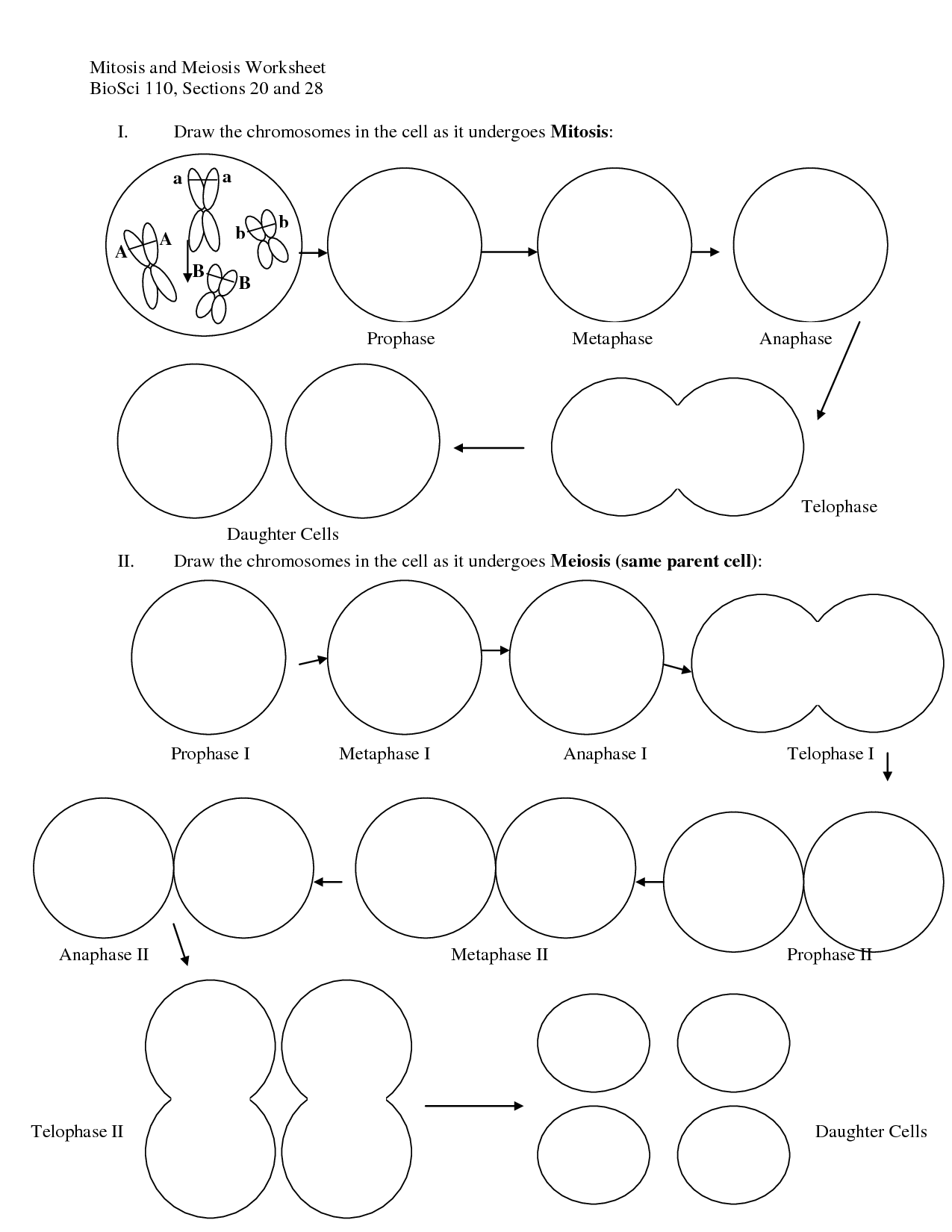



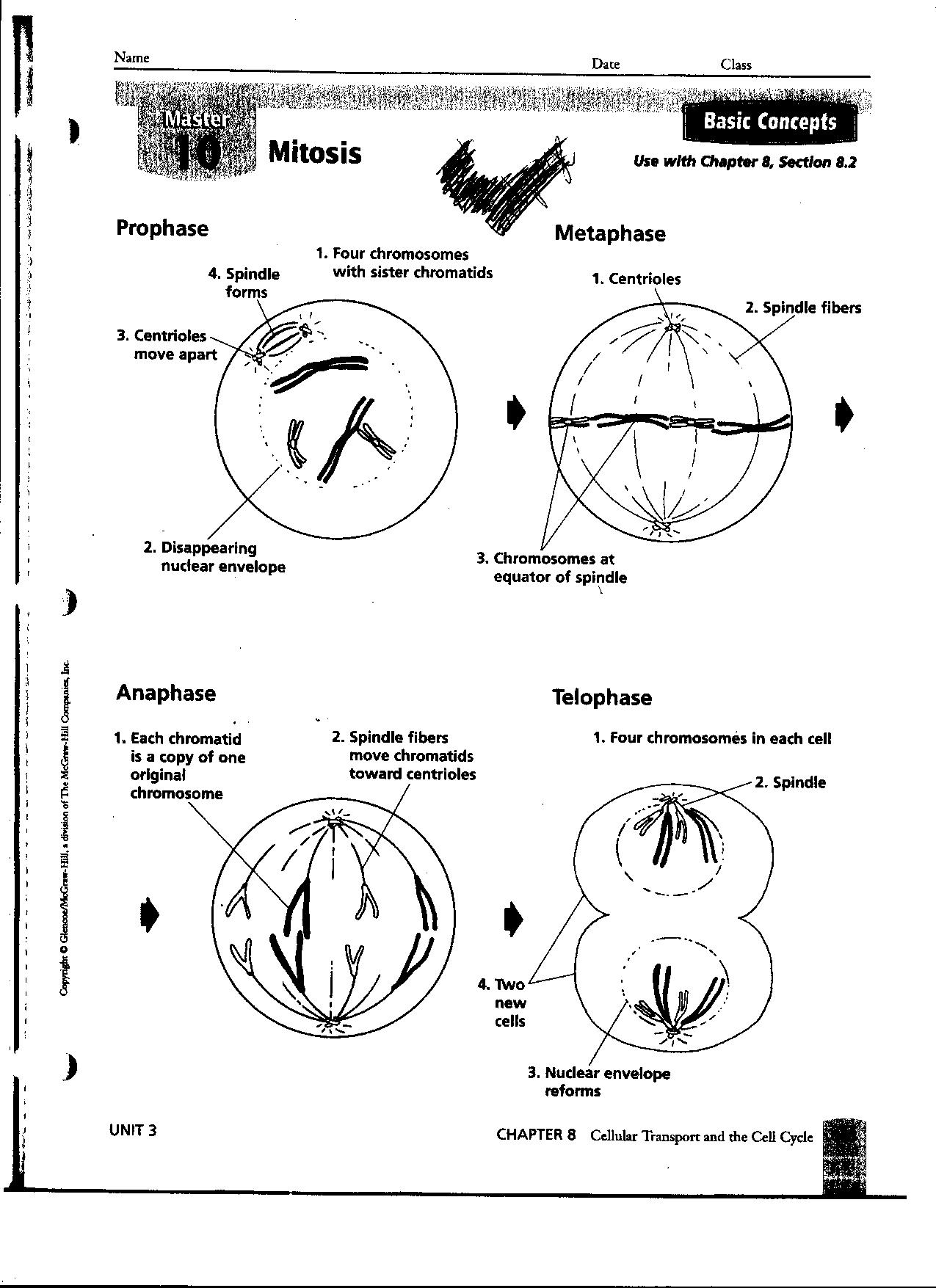
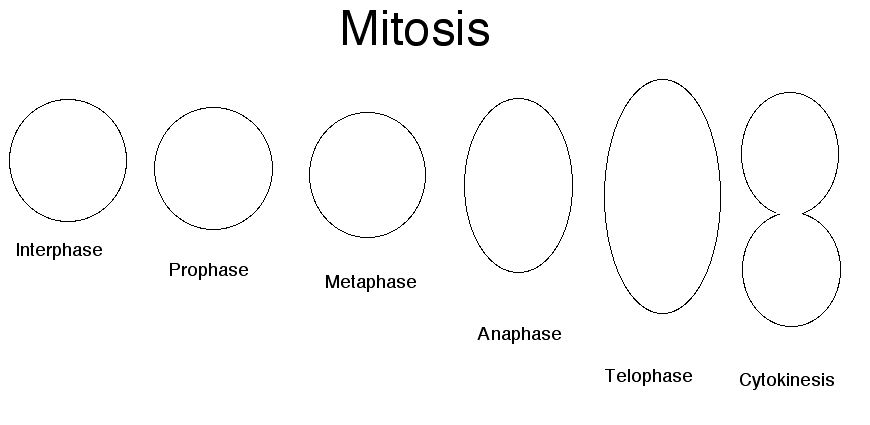

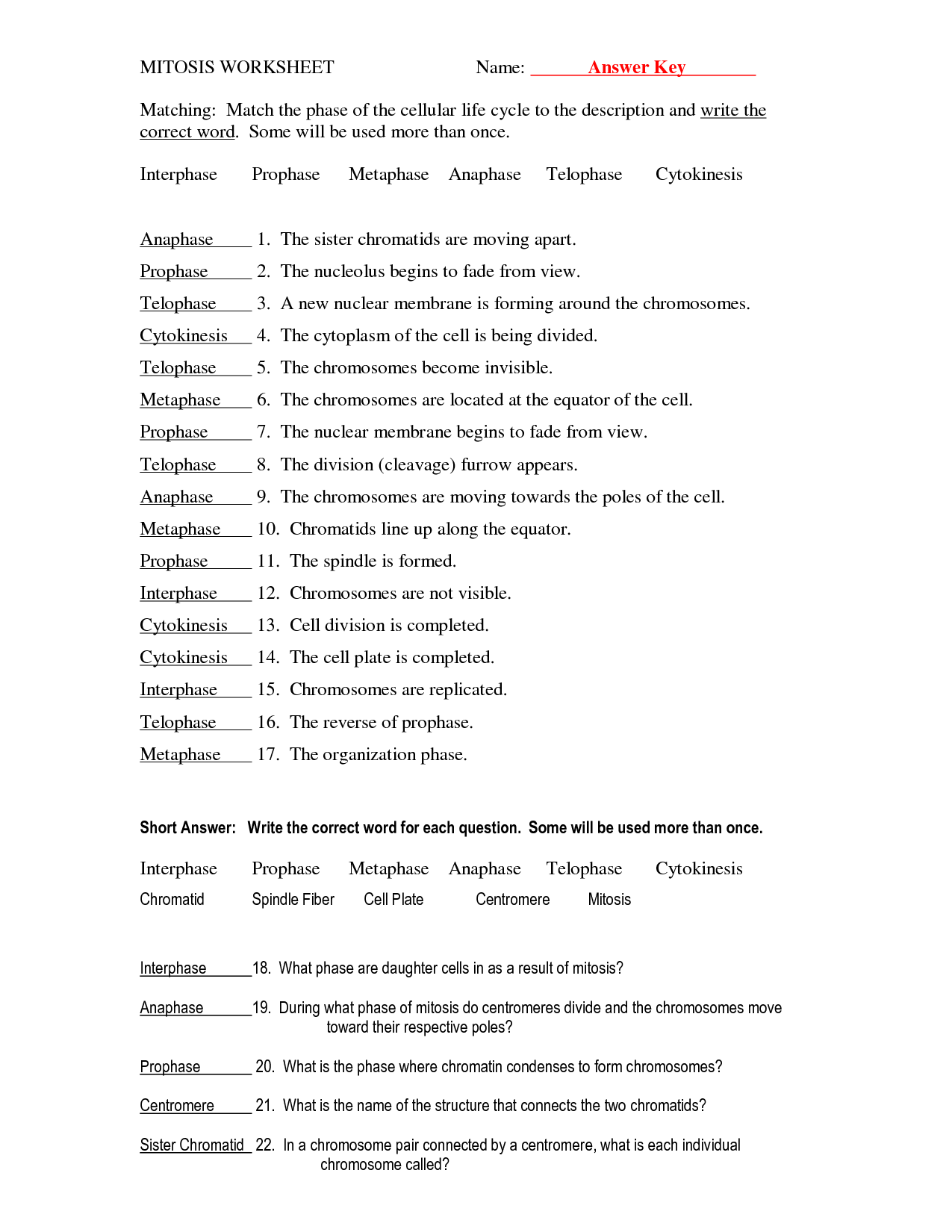
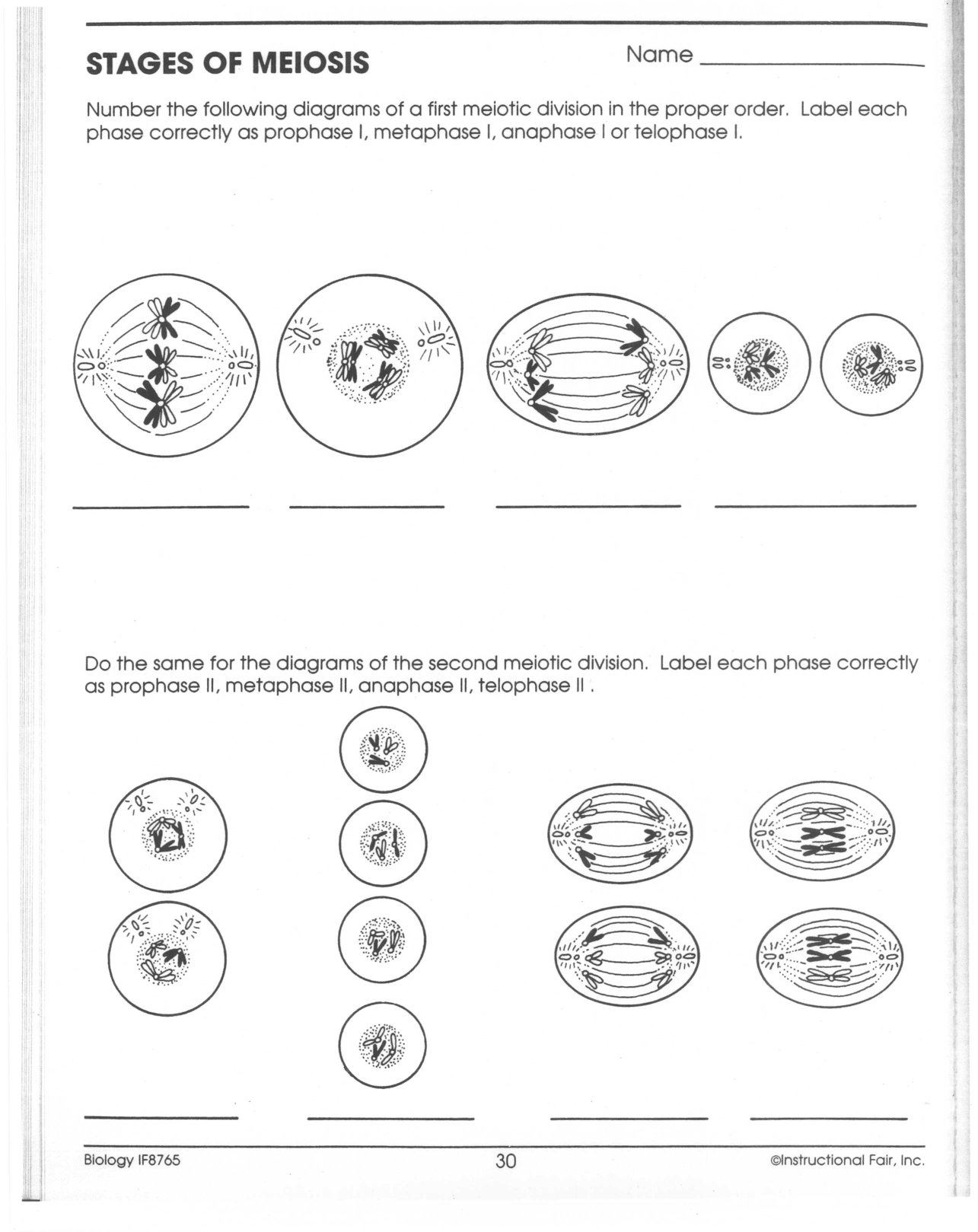

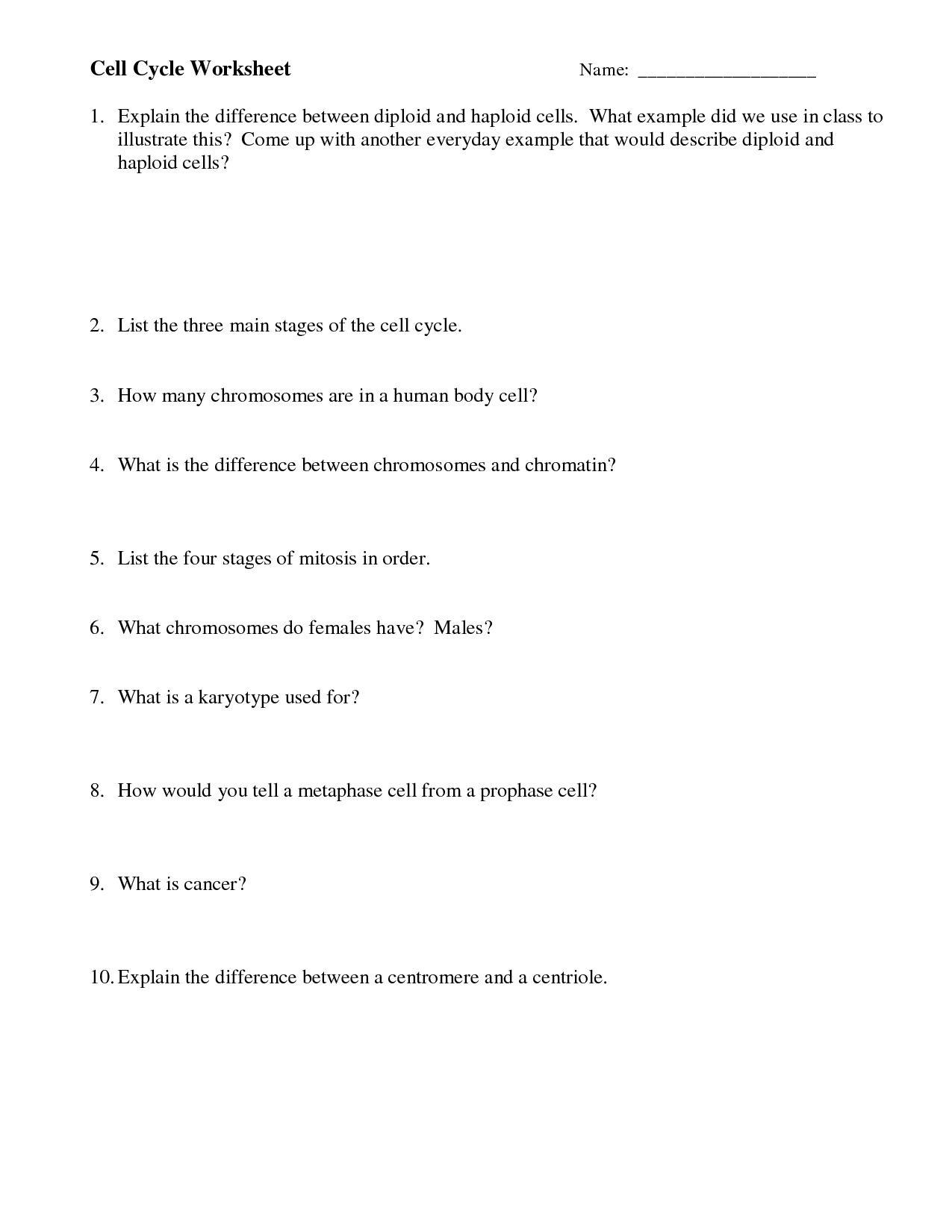
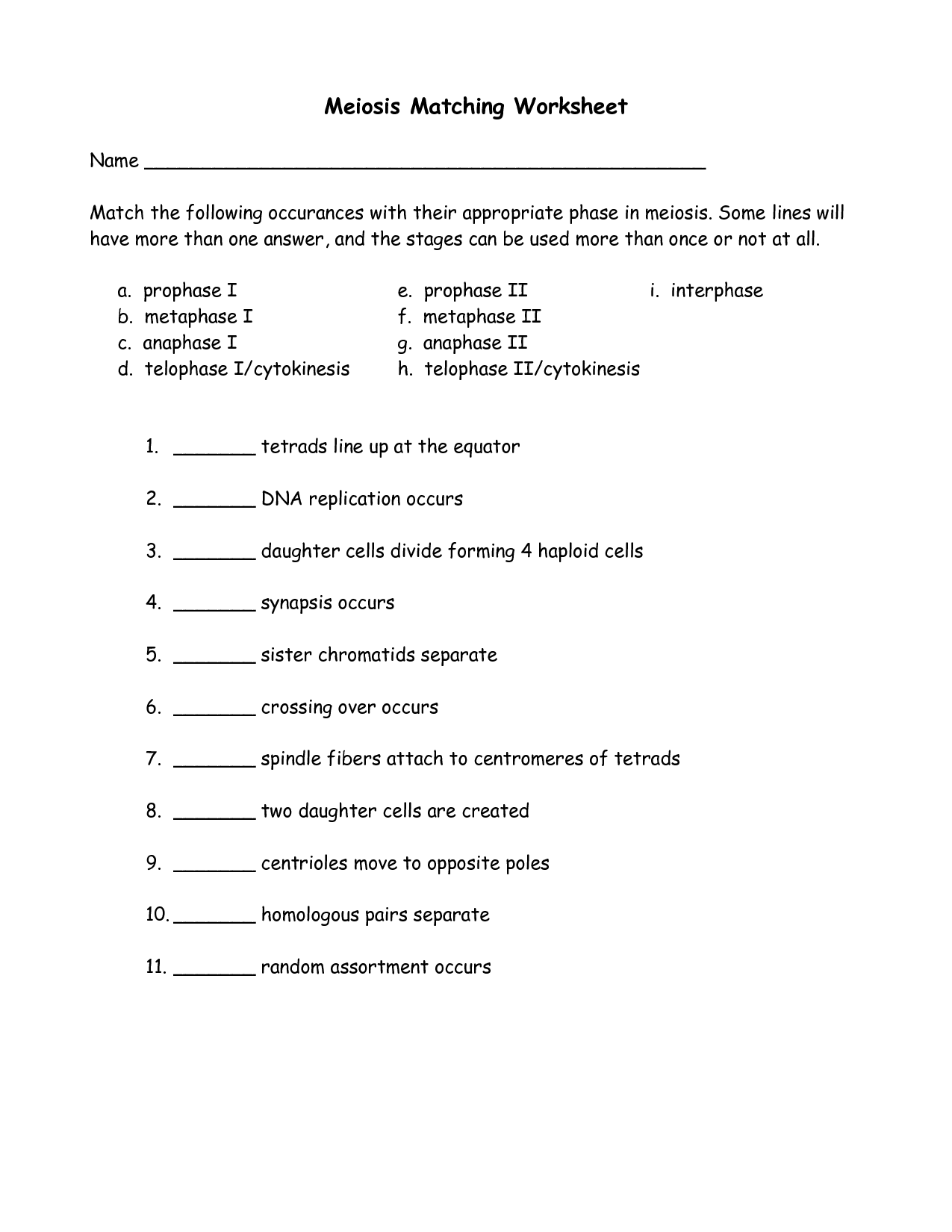














Comments